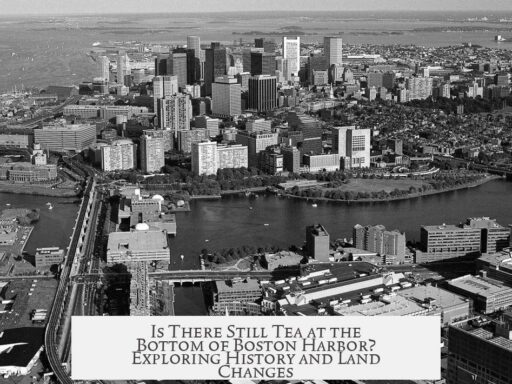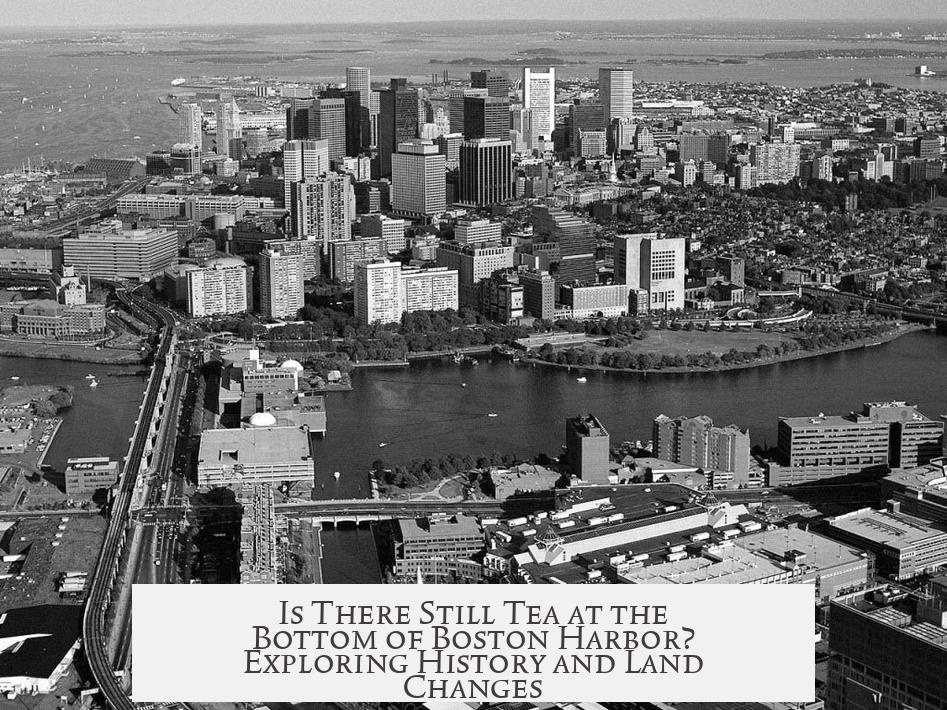There is unlikely to be any tea remaining at the bottom of Boston Harbor today. The wooden crates and tea bags from the Boston Tea Party event in 1773 would have deteriorated long ago. Additionally, the original sites where the ships were docked have undergone massive changes. Over centuries, the shoreline has been expanded and filled in, particularly around the area of Griffins Wharf, where the tea was dumped.
Griffins Wharf’s exact original location is debated. Maps from 1775 and 1776 show two possible sites on opposite sides of Fort Hill and the Southern Battery. Today, most authorities, including the National Park Service, place Griffins Wharf near the modern intersection of Congress and Atlantic Avenue in Boston.
Since 1773, large land reclamation projects transformed the Boston coastline. The area connected to the wharf evolved from a small peninsula into part of South Boston and the Fort Point neighborhood. The once tidal and open harbor has been substantially filled in and dredged. As a result, the original waterline and wharf locations no longer exist as they did in the 18th century.
A small channel called Fort Point Channel remains near where the tea party took place. Here, the Boston Tea Party Ships & Museum operates on a pier adjacent to the Congress Street Bridge. The museum holds artifacts from the event, including a recovered chest. They also feature replica ships to illustrate the historic event. However, these artifacts do not include any original tea leaves or crates submerged below the harbor.
Over time, the wharf’s name and shape changed. Griffins Wharf came to be called Liverpool Wharf. This evolution of the site reflects shifts in the waterfront’s geography and urban development. Literary references, such as those by Nathaniel Hawthorne, note these changes as common knowledge at the time.
- Wooden crates and tea bags would have decomposed long ago.
- Extensive land reclamation altered the harbor coastline.
- Griffins Wharf’s precise original location is unclear but near modern Congress and Atlantic Ave.
- A small channel and museum commemorate the event, but no submerged tea remains.
- The waterfront evolved, with the wharf renamed Liverpool Wharf in later years.
Is There Still Tea at the Bottom of the Boston Harbor?
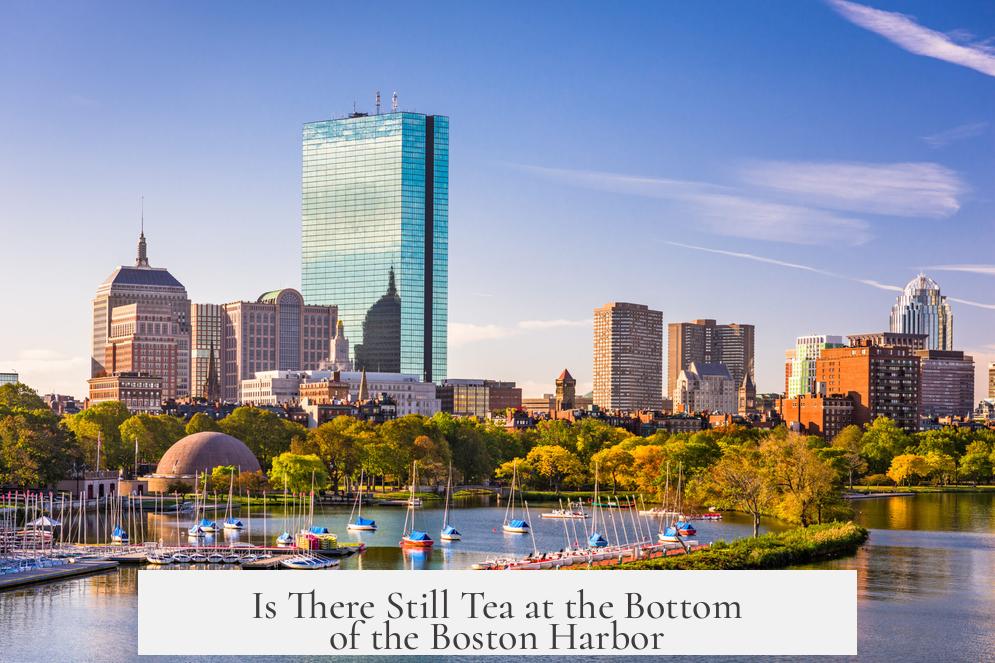
Short answer: Not likely. If you’ve ever wondered whether any of those rebellious tea crates thrown off the ships during the Boston Tea Party still rest underwater, hold on to your teacups. While it’s a charming thought to imagine sipping ancient, sea-soaked tea, history and geography are far less poetic.
The whole event took place back in 1773, when American colonists tossed 342 chests of British tea into Boston Harbor. It’s an iconic moment in American history, dramatic enough to make any modern protest seem quaint. But over 250 years later? Don’t expect to find salvageable tea sinking peacefully beneath the waves.
Why Not? The Harsh Reality of Time and Tide
First off, tea bags weren’t exactly made for longevity. Back then, tea was packed in wooden crates—not exactly water-resistant time capsules. These crates would have broken down over decades, spilling their contents and dispersing them into the harbor’s ecosystem. Saltwater, currents, and marine life would have worked overtime, breaking down organic material like tea leaves.
And here’s a kicker: the harbor itself has changed dramatically since 1773. Boston’s coastline looks quite different today. Much of the area where the ships moored has been filled in as part of extensive land reclamation projects. So, it’s quite possible that the original spot where tea was dumped is now solid ground – part of bustling Boston neighborhoods, not at the bottom of a watery abyss.
Where Exactly Did the Boston Tea Party Ships Dock?
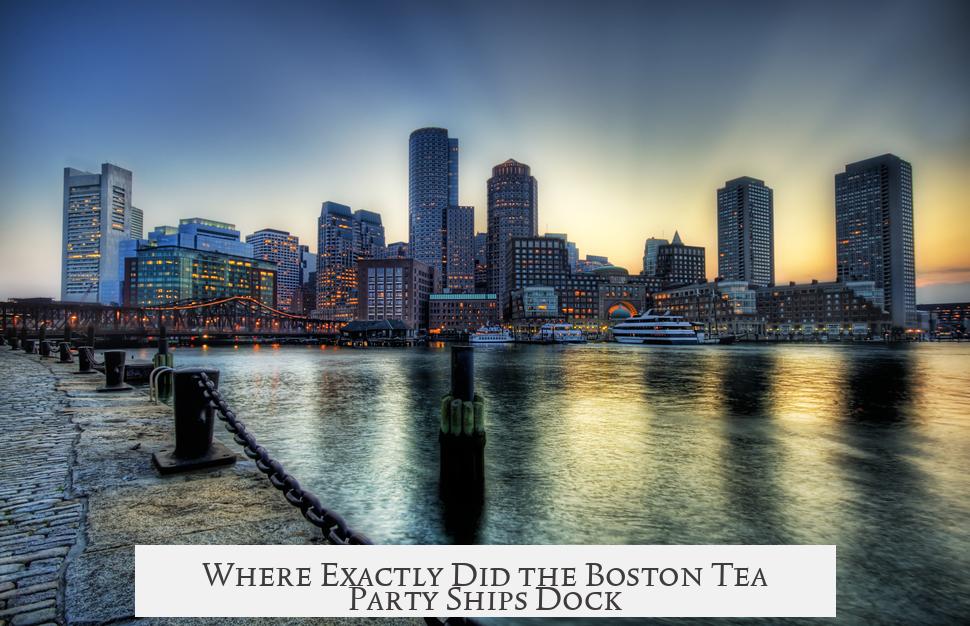
You might say “easy, at Griffin’s Wharf!” But turns out, there’s a historical debate on that too. Maps from 1775 and 1776 show Griffin’s Wharf in two slightly different places. One lies near the modern intersection of Congress and Atlantic Avenue, while the other sits a bit further away. Most historians and the National Park Service favor the western spot near Congress and Atlantic Ave, which puts the ships near what’s now a developed urban area.
Remember, these wharves were shaped by the tides and tides of development. Over centuries, the shoreline got reshaped, and wharves were renamed — Griffin’s Wharf eventually became known as Liverpool Wharf. Nathaniel Hawthorne, yes, that Hawthorne, even mentioned this name change, highlighting how fluid shoreline identities were.
Land Reclamation: Turning Water Into Neighborhoods
Looking at Boston today, the harbor front doesn’t resemble the jagged coastline of the 18th century. The peninsula was once isolated, connected by a narrow neck. That’s ancient history now because of massive land reclamation projects.
Where the tea was dumped has long since been dredged, filled, and developed into South Boston and the Fort Point neighborhood. So, instead of a mysterious underwater hold, the location is likely buried beneath streets, buildings, and sidewalks. This land expansion means any remnants of tea, crates, or ship materials are either lost or entombed beneath modern infrastructure.
What About The Fort Point Channel and The Tea Party Museum?
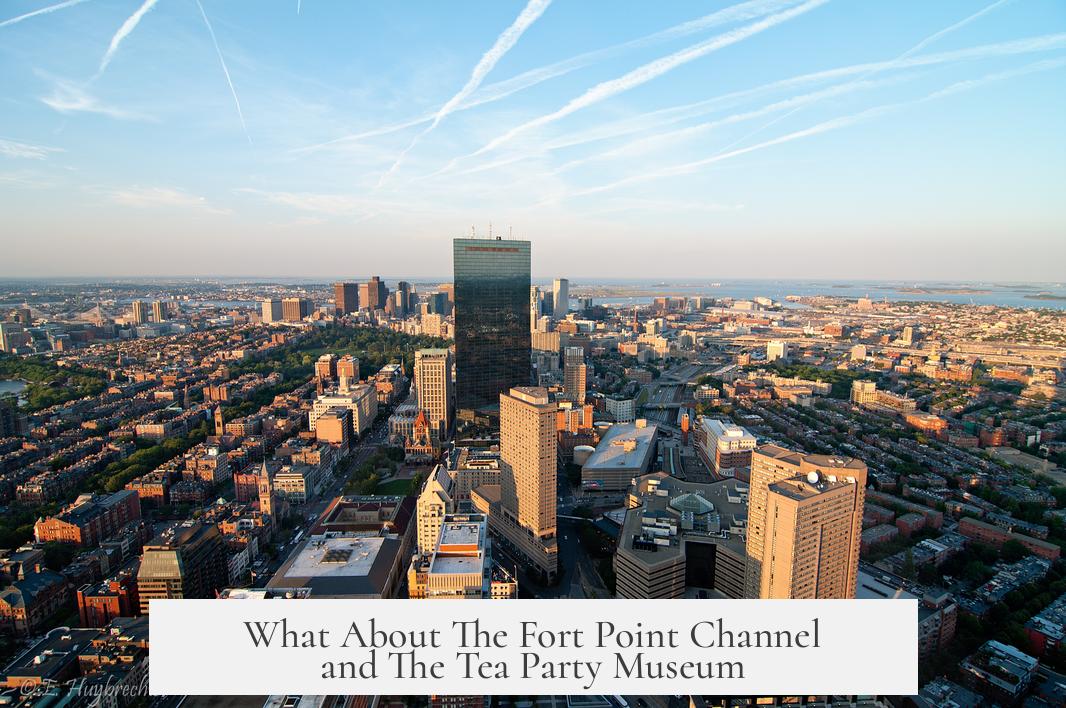
Luckily for history buffs and tea enthusiasts, the Fort Point Channel maintains a slice of the old harbor. It’s an actual channel of water nestled between the developed land reforms. On a pier off the Congress Street bridge sits the Boston Tea Party Ships & Museum, the perfect place to dive into the story — minus the actual tea-dumping experience.
The museum houses artifacts recovered from the event, including a chest of tea, and even some replica sailing ships that you can explore. It’s an immersive way to experience what happened without getting your feet wet — or finding soggy leaf matter under your boots.
So, Is There Still Tea Down There?
“In short, no. The tea, the crates, and the wooden materials have long since decomposed or been buried under centuries of urban growth and landfilling.”
The existing marked location on modern maps is a decent approximation. However, it’s not the exact spot the historical event occurred. Shifting coastlines and construction have made pinpointing the exact place tricky but fascinating from a historical detective angle.
Why Does This Matter Today?
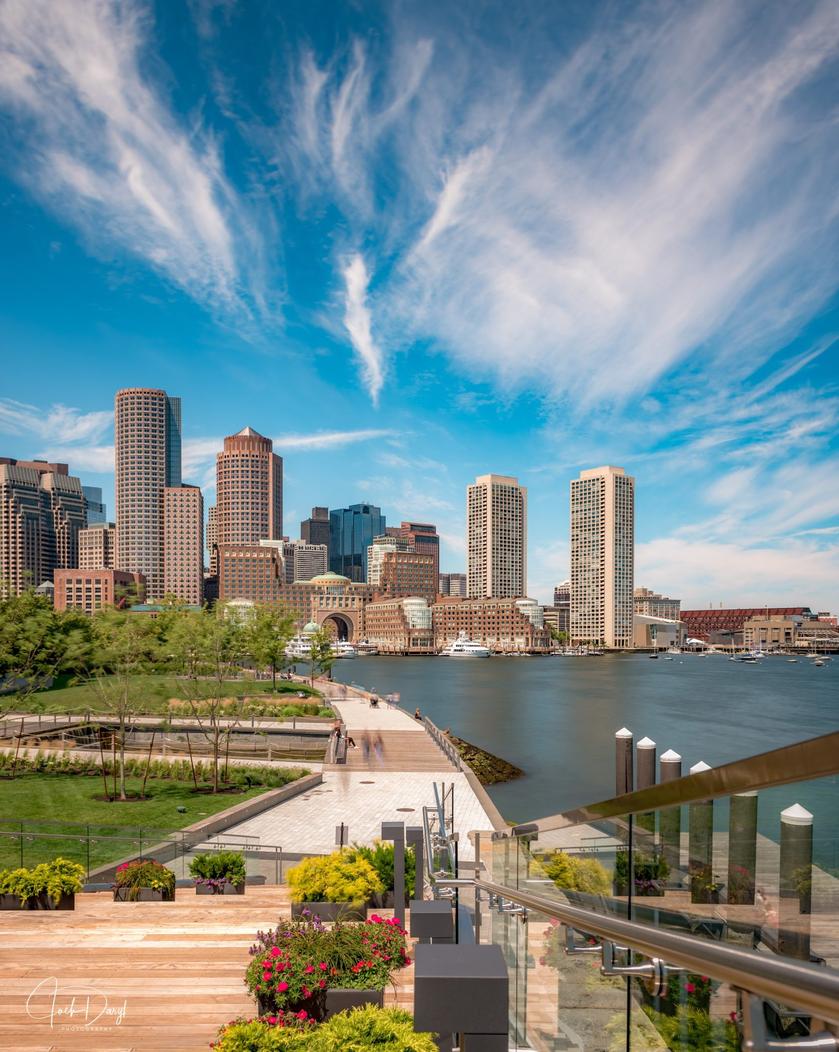
It’s more than just curiosity or a treasure hunt. Understanding the transformation of Boston’s harbor reminds us how urban spaces evolve. What was once a radical act of defiance at sea is now beneath buildings and roadways. This changes how we think about preserving history — not just in books and museums but also in landscapes themselves.
If you want to touch history, your best bet is to visit the museum by the Fort Point Channel. Or consider this: every bustling street in South Boston and Fort Point is layered with stories, some literally beneath your feet.
Final Brew Thoughts
In summary, the Boston Tea Party left an indelible mark on American history but not any lasting leaves of tea underwater. The breakdown of crates, natural elements, and significant land changes have made it a historical memory rather than an underwater museum exhibit.
Still, the story’s magic lives on. It fuels tourism, education, and civic pride — and there’s always a fresh pot of tea ready at the Boston Tea Party Ships & Museum to sip and remember.
So next time you ponder, “Is there still tea at the bottom of the Boston Harbor?”, you’ll know: the tea’s gone, but the spirit lingers strong.
